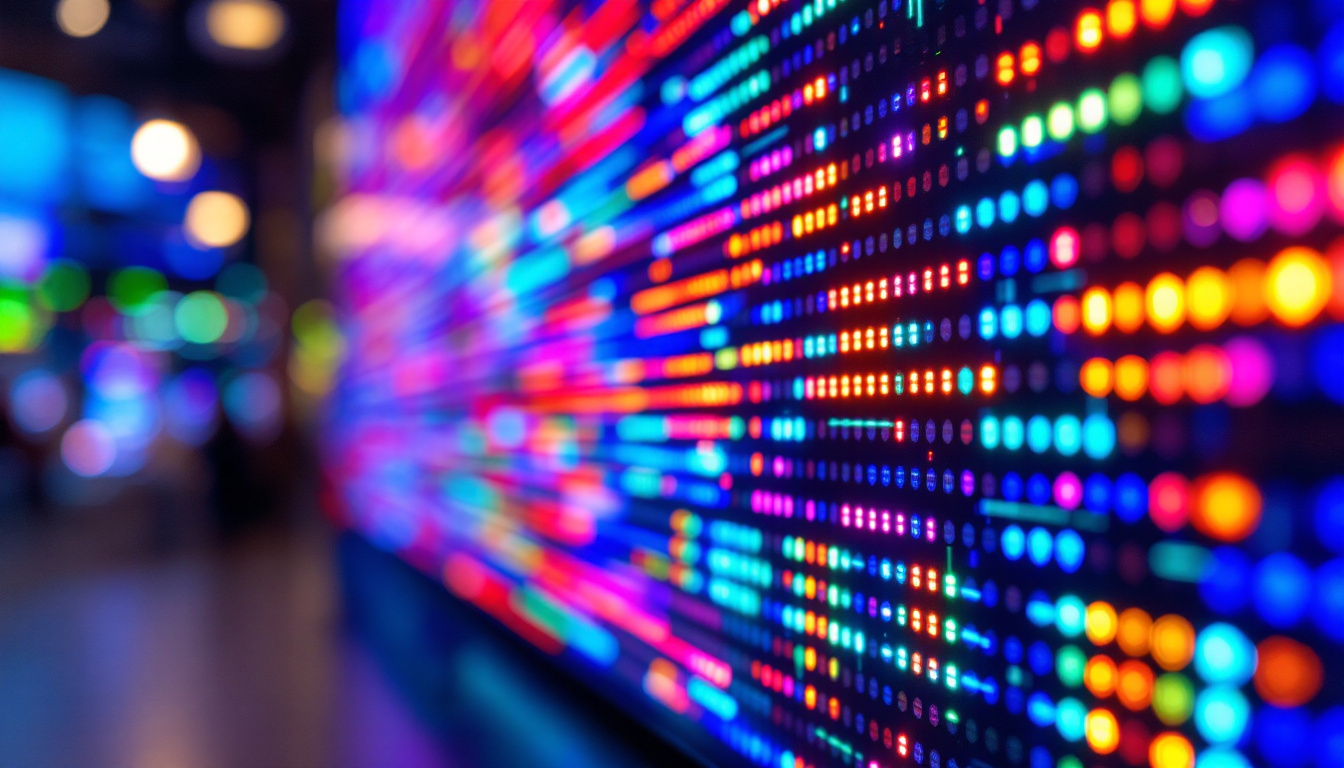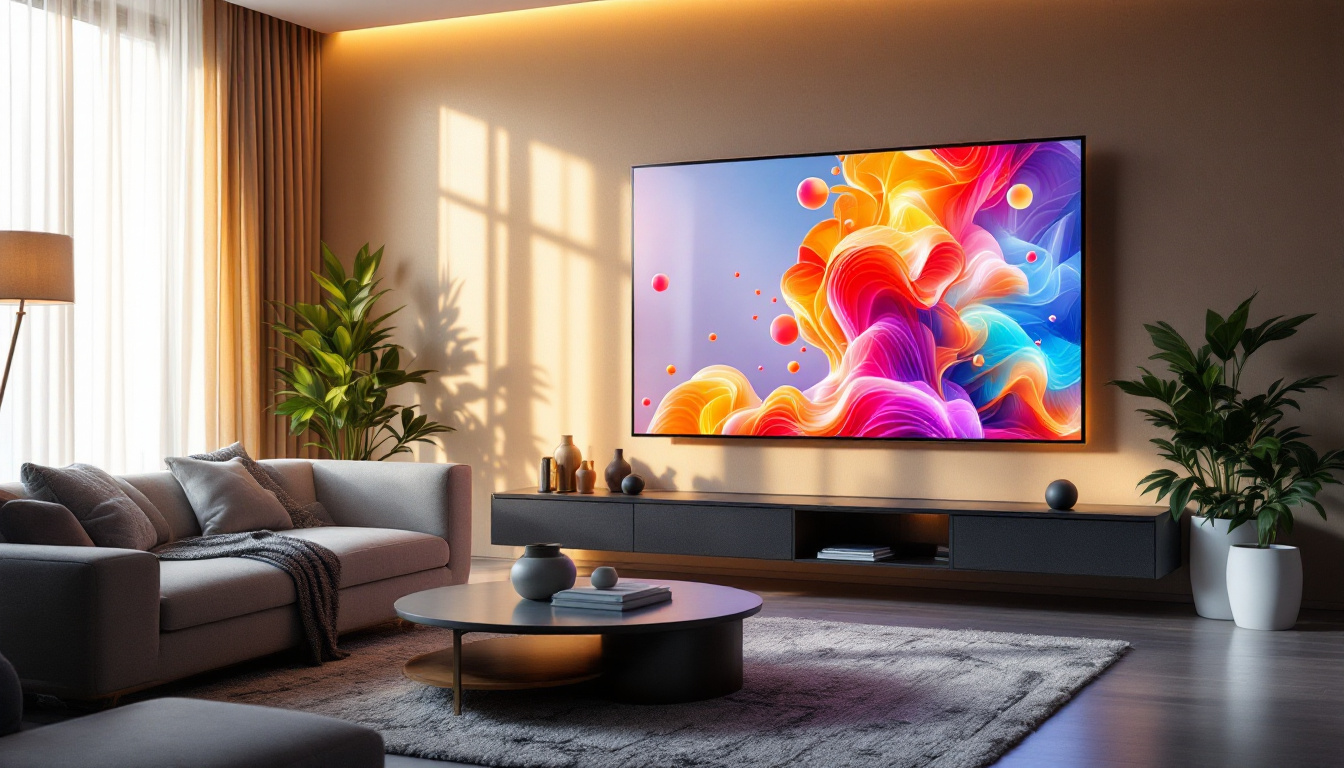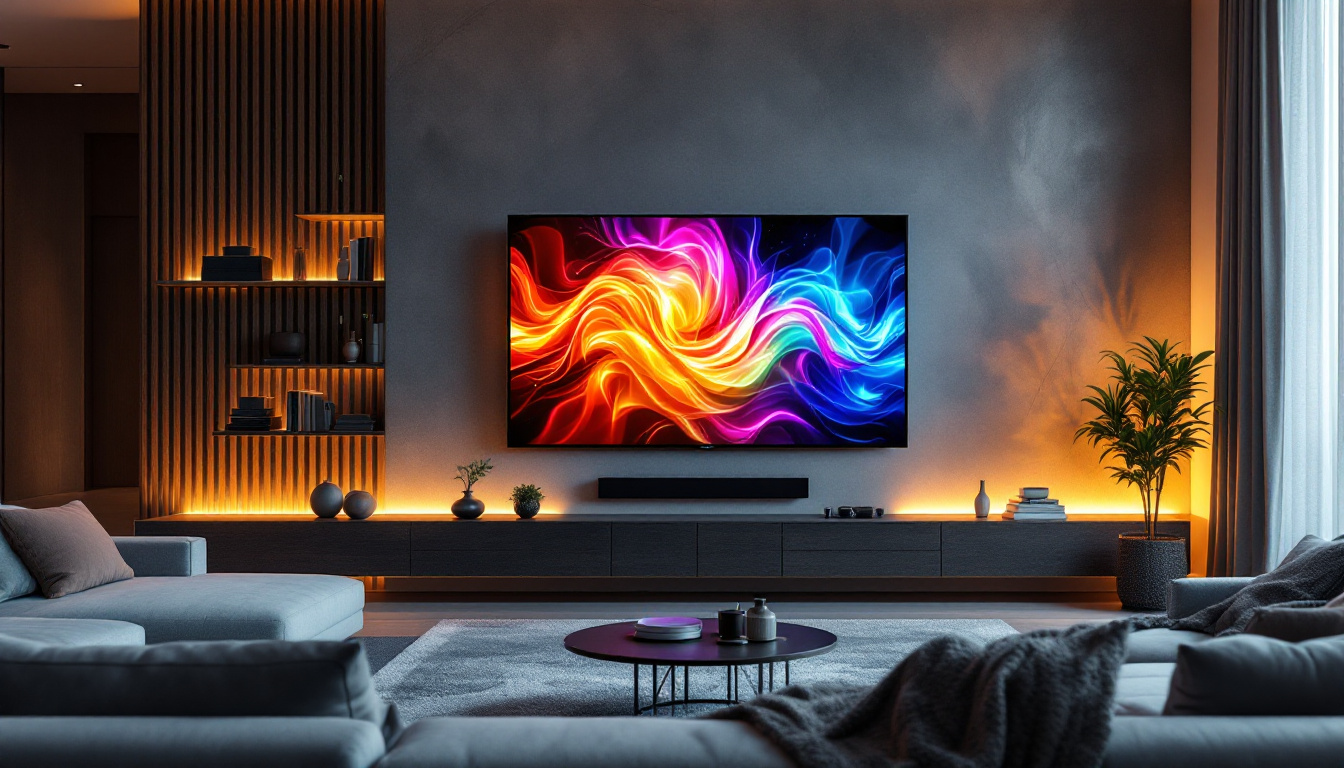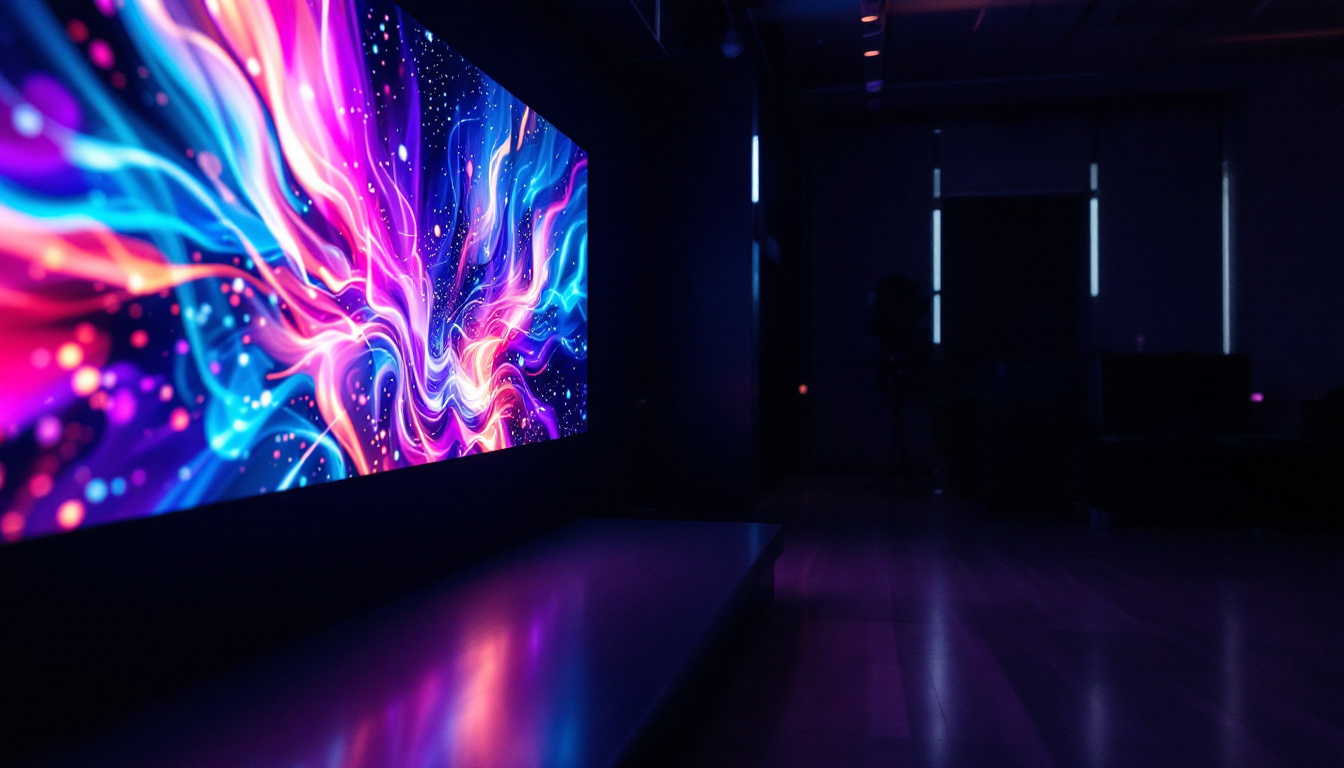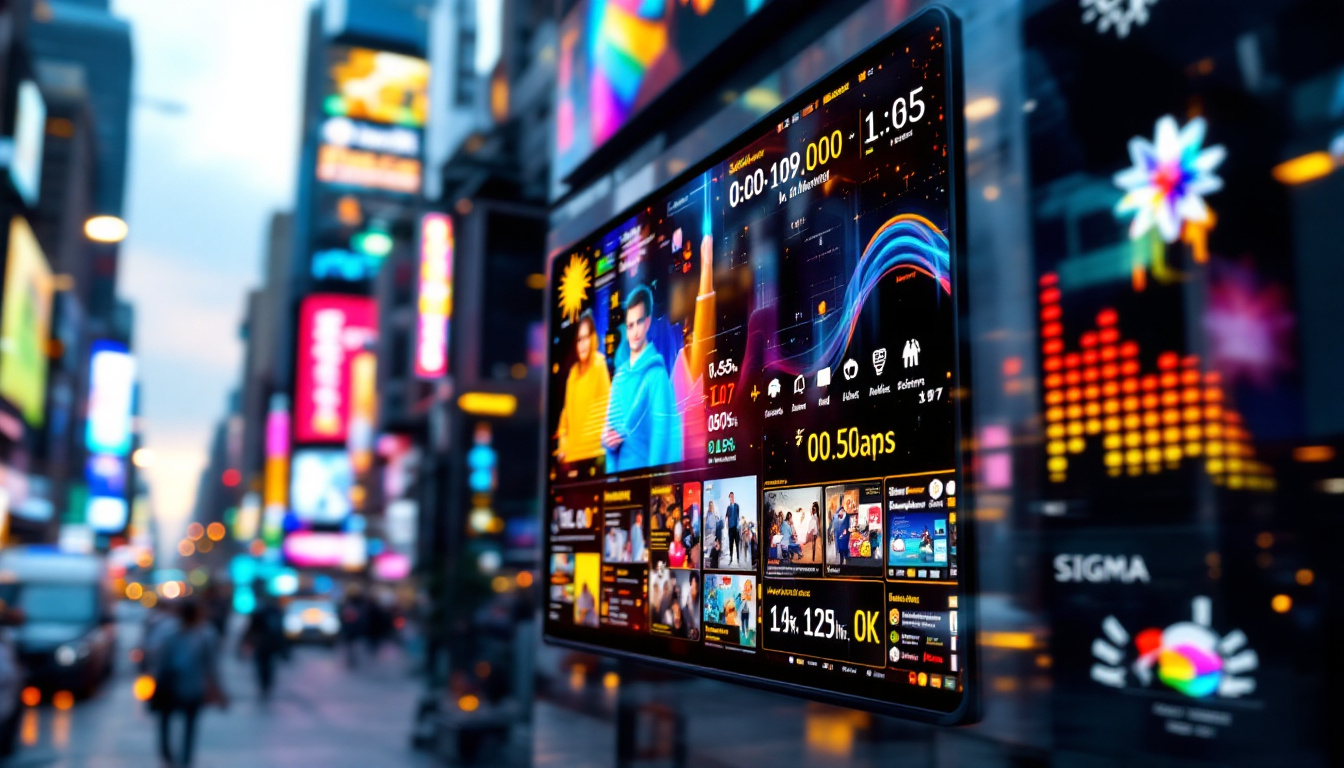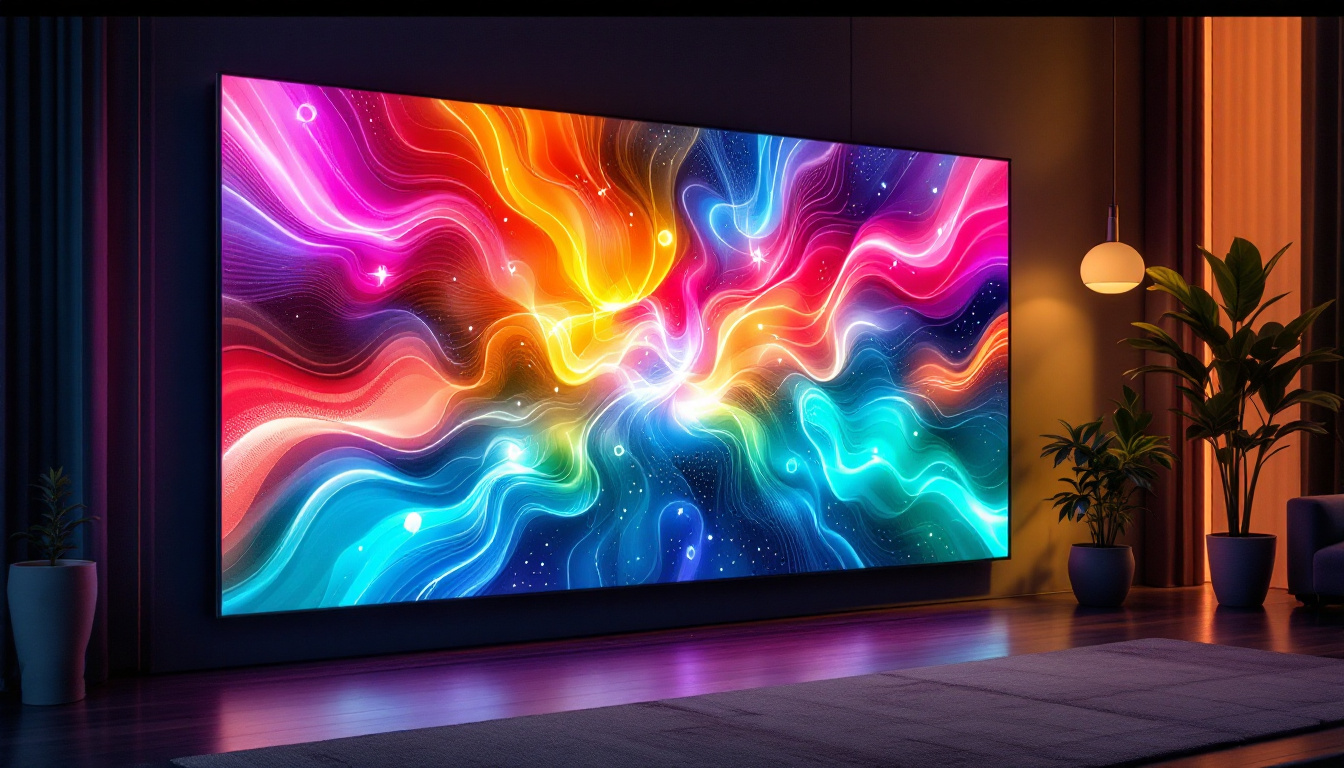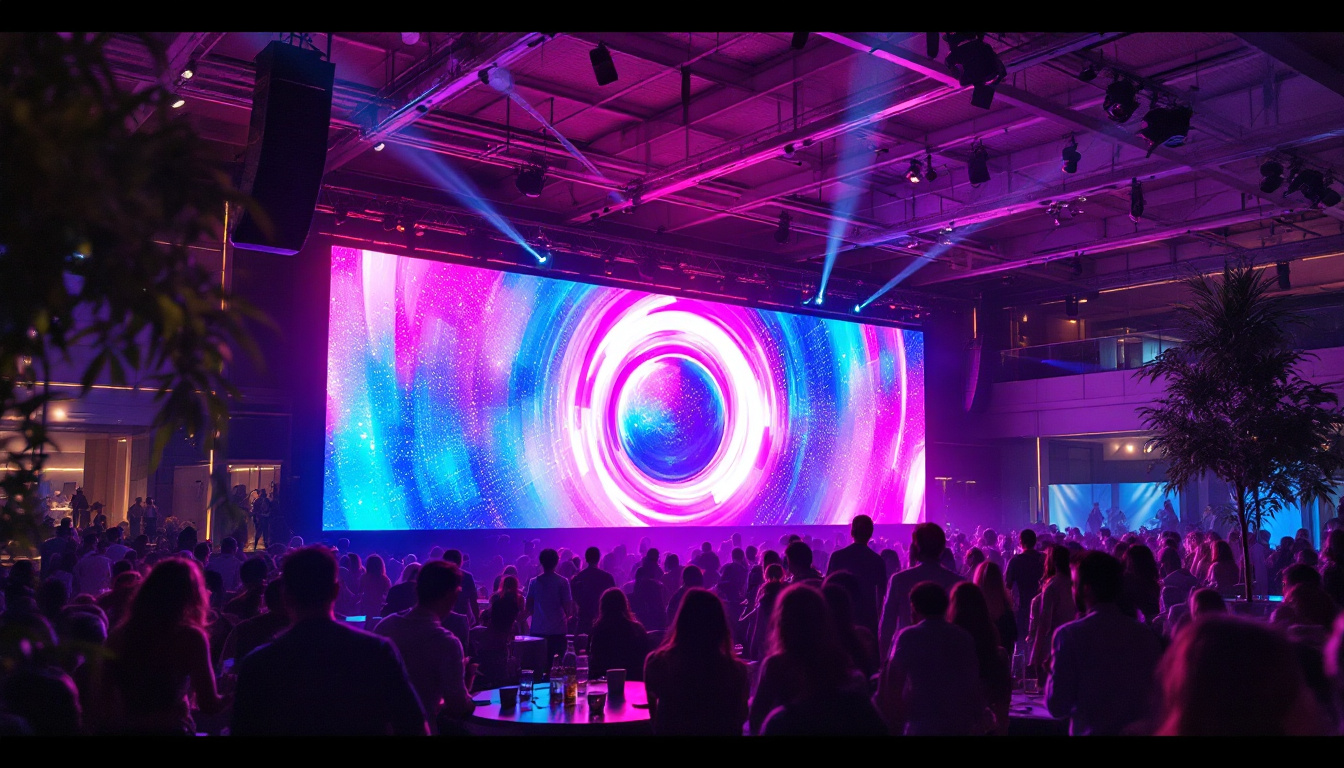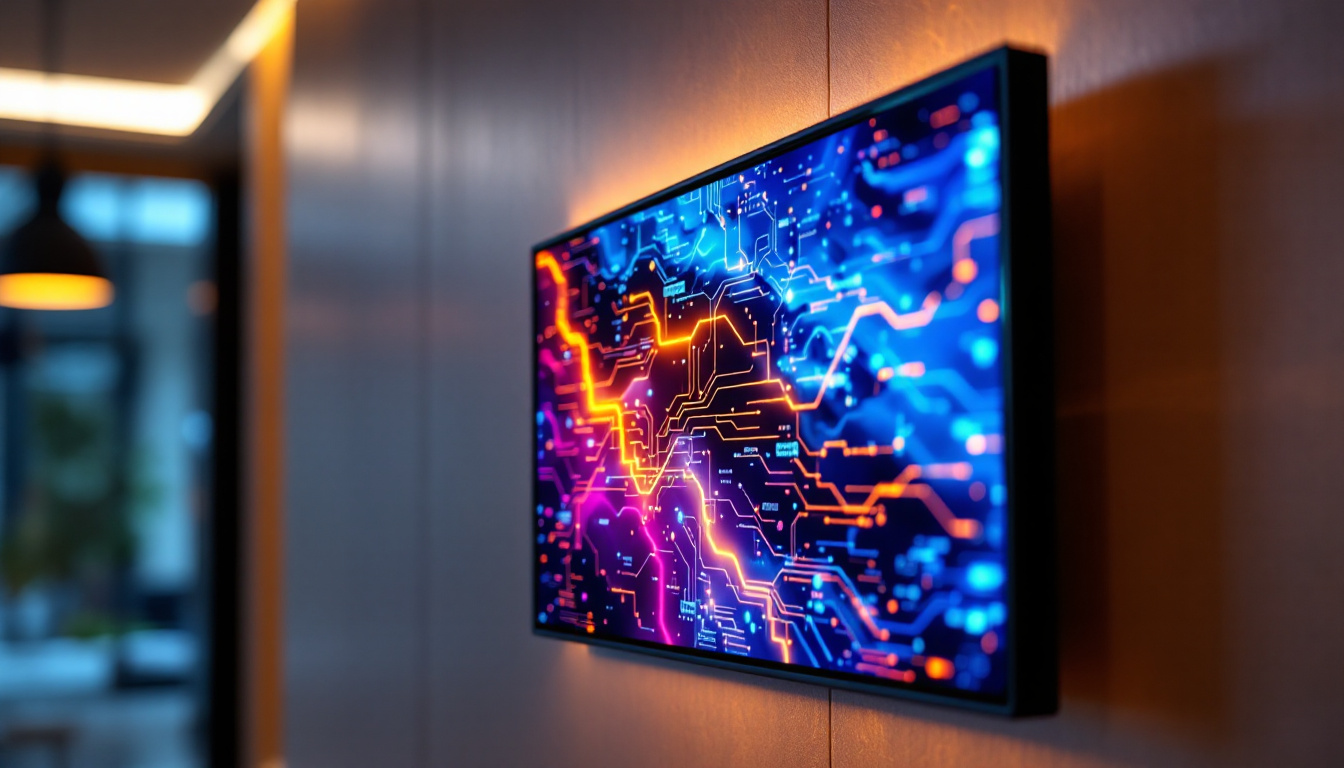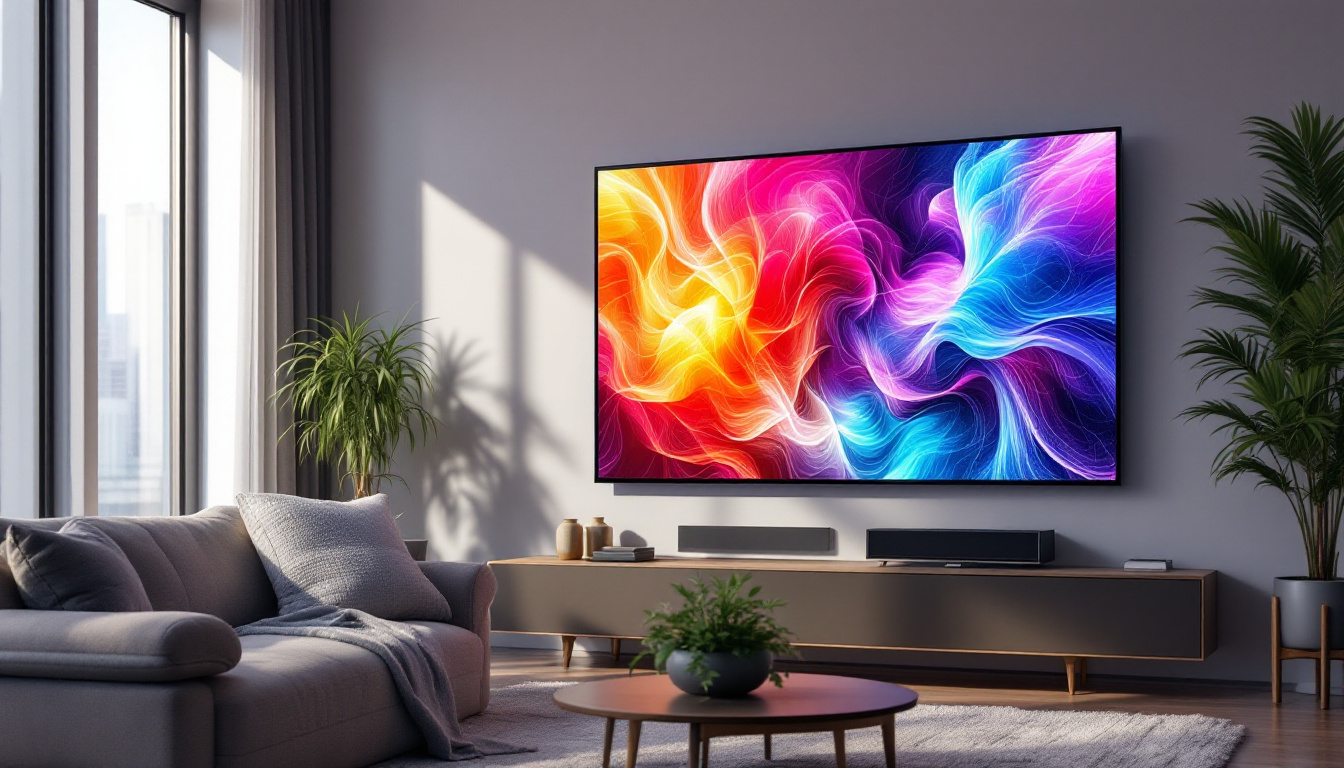In the world of modern technology, LED displays have become a ubiquitous feature in various applications, ranging from advertising billboards to television screens. Among the different types of LED displays, Surface-Mount Device (SMD) technology has emerged as a popular choice due to its versatility and efficiency. This article delves into the intricacies of SMD LED displays, exploring their construction, advantages, applications, and future trends.
Understanding LED Technology
What is an LED?
Light Emitting Diodes (LEDs) are semiconductor devices that emit light when an electric current passes through them. Unlike traditional incandescent bulbs that generate light through heat, LEDs produce light through electroluminescence, making them far more energy-efficient. This fundamental difference in operation not only leads to lower energy consumption but also results in a longer lifespan for LED devices. In fact, while incandescent bulbs may last around 1,000 hours, LEDs can last up to 25,000 hours or more, significantly reducing the frequency of replacements and the associated costs.
LEDs are available in various colors, determined by the materials used in their construction. The most common colors include red, green, and blue, which can be combined to create a wide spectrum of colors. This versatility has made LEDs a popular choice for displays, lighting, and various electronic applications. Additionally, the ability to dim LEDs without affecting their color quality provides further flexibility for designers and consumers alike, allowing for customized lighting solutions that can enhance mood and ambiance in any setting.
The Evolution of LED Displays
The journey of LED displays began in the 1960s with the introduction of basic monochrome displays. Over the decades, advancements in technology have led to the development of full-color displays, enabling more dynamic and engaging visual experiences. SMD technology represents one of the latest advancements in this evolution, allowing for more compact and efficient designs. This technology has not only improved the quality of images but has also facilitated the creation of larger screens that can be used in various settings, from advertising billboards to sports arenas.
Initially, LED displays were bulky and required significant space for installation. However, the introduction of SMD technology has revolutionized the design of LED displays, making them slimmer and more adaptable for various environments. Furthermore, the integration of smart technology into LED displays has opened up new possibilities for interactivity and connectivity. Modern LED displays can now be controlled remotely, allowing for real-time updates and changes to content, which is particularly beneficial for businesses looking to engage customers with timely promotions or information. As a result, the evolution of LED displays continues to shape the way we consume visual media, making it more accessible and engaging than ever before.
What is SMD Technology?
Defining SMD
Surface-Mount Device (SMD) technology refers to a method of mounting electronic components directly onto the surface of a printed circuit board (PCB). In the context of LED displays, SMD LEDs are mounted on the PCB in a way that allows for a more compact arrangement, facilitating higher pixel density and improved image quality.
The SMD design contrasts with traditional through-hole technology, where components are inserted into holes drilled in the PCB. SMD components are generally smaller and lighter, making them ideal for applications where space is at a premium.
Construction of SMD LED Displays
An SMD LED display consists of multiple individual LED chips mounted on a PCB. Each chip is encapsulated in a protective resin, which enhances durability and light diffusion. The arrangement of these chips determines the resolution and pixel pitch of the display.
Pixel pitch refers to the distance between the centers of two adjacent pixels. A smaller pixel pitch results in higher resolution, allowing for clearer images and finer details. This is particularly important for applications such as indoor displays, where viewers are closer to the screen and require higher image quality.
Advantages of SMD LED Displays
High Resolution and Image Quality
One of the standout features of SMD LED displays is their ability to deliver high-resolution images. The compact nature of SMD technology allows for a greater number of pixels within a given area, resulting in sharper and more vibrant visuals. This is especially beneficial for applications such as digital signage, where clear and eye-catching displays are essential for capturing audience attention.
Furthermore, SMD displays offer excellent color reproduction, ensuring that images appear true to life. The combination of red, green, and blue LEDs can create a wide color gamut, enhancing the overall viewing experience.
Energy Efficiency
Energy efficiency is another significant advantage of SMD LED displays. Compared to traditional display technologies, SMD LEDs consume less power, which translates to lower operational costs. This efficiency is particularly beneficial for large-scale installations, such as outdoor billboards, where energy consumption can significantly impact overall expenses.
Additionally, the longevity of LED technology means that SMD displays have a longer lifespan, reducing the need for frequent replacements and maintenance. This not only saves money but also minimizes environmental impact.
Versatility in Applications
SMD LED displays are incredibly versatile and can be used in a wide range of applications. From indoor environments like shopping malls and conference rooms to outdoor settings such as stadiums and transportation hubs, SMD technology adapts seamlessly to various requirements.
These displays are also suitable for different formats, including video walls, digital signage, and advertising boards. Their ability to deliver high-quality visuals in diverse conditions makes them a preferred choice for many industries.
Applications of SMD LED Displays
Advertising and Marketing
In the advertising sector, SMD LED displays have transformed how brands communicate with consumers. Digital billboards equipped with SMD technology can showcase dynamic content, including videos and animations, capturing the attention of passersby more effectively than static displays.
Moreover, the ability to change content in real-time allows advertisers to tailor their messages based on time of day, audience demographics, or current events, maximizing engagement and impact.
Entertainment and Events
In the entertainment industry, SMD LED displays play a crucial role in enhancing live events. Concerts, sports games, and festivals utilize large-scale LED screens to provide audiences with immersive experiences. The high resolution and brightness of SMD displays ensure that visuals remain clear and vibrant, even in outdoor settings with varying lighting conditions.
Additionally, SMD technology allows for creative stage designs, enabling dynamic visual effects that complement performances and engage audiences on multiple levels.
Corporate and Educational Settings
SMD LED displays are increasingly being adopted in corporate and educational environments. In conference rooms, these displays facilitate presentations and video conferencing, providing clear visuals that enhance communication. The ability to connect multiple displays allows for collaborative workspaces that foster creativity and productivity.
In educational settings, SMD displays serve as interactive learning tools, enabling teachers to present information in engaging formats. This technology can enhance student engagement and retention, making learning more effective.
Challenges and Considerations
Cost Implications
While SMD LED displays offer numerous advantages, the initial investment can be a significant consideration for many organizations. The cost of high-quality SMD technology may be higher than traditional display options, which can deter some potential users.
However, it is essential to consider the long-term benefits of SMD displays, including energy savings, reduced maintenance costs, and extended lifespan. These factors can contribute to a favorable return on investment over time.
Environmental Impact
The environmental impact of LED technology is a topic of growing concern. While LEDs are more energy-efficient than traditional lighting solutions, the production and disposal of electronic components can pose environmental challenges. It is crucial for manufacturers and consumers to consider sustainable practices in the lifecycle of SMD displays.
Efforts are being made to develop recycling programs and eco-friendly materials to mitigate these impacts, ensuring that the benefits of LED technology are maximized while minimizing harm to the environment.
The Future of SMD LED Displays
Technological Advancements
The future of SMD LED displays is promising, with ongoing advancements in technology expected to enhance performance and capabilities. Innovations such as micro-LED technology, which offers even smaller pixel sizes and improved efficiency, are on the horizon. This could lead to displays that are lighter, thinner, and capable of even higher resolutions.
Additionally, developments in smart technology integration will likely enable SMD displays to become more interactive and responsive, further enhancing user engagement. Features such as touch sensitivity and augmented reality capabilities may become commonplace in future displays.
Market Growth and Trends
The demand for SMD LED displays is projected to grow significantly in the coming years. As industries continue to recognize the benefits of digital signage and high-quality visuals, the market for SMD technology is expected to expand. This growth will be driven by the increasing need for effective communication and marketing strategies across various sectors.
Moreover, as technology becomes more accessible, smaller businesses and organizations will likely adopt SMD displays, leading to a more diverse range of applications and innovations in design.
Conclusion
In summary, SMD LED displays represent a significant advancement in display technology, offering numerous advantages such as high resolution, energy efficiency, and versatility in applications. As industries continue to embrace digital solutions, the demand for SMD technology is expected to grow, paving the way for exciting innovations in the future.
Understanding the intricacies of SMD LED displays is essential for businesses and organizations looking to leverage this technology effectively. By staying informed about the latest trends and advancements, stakeholders can make informed decisions that enhance their communication strategies and overall impact.
As the landscape of display technology continues to evolve, SMD LED displays will undoubtedly play a pivotal role in shaping the future of visual communication.
Discover LumenMatrix’s Advanced LED Solutions
As you consider the future of visual communication and the role SMD LED displays will play, LumenMatrix stands at the forefront of this technological revolution. With a commitment to innovation and quality, LumenMatrix offers a diverse range of LED display solutions tailored to meet the needs of any application. Whether you’re looking to enhance your brand’s visibility with an Indoor LED Wall Display, captivate passersby with an Outdoor LED Wall Display, or create a dynamic environment with a Custom LED Display, LumenMatrix has the expertise to bring your vision to life. Check out LumenMatrix LED Display Solutions today and see how we can help you make a lasting impression in the world of digital signage and visual storytelling.

